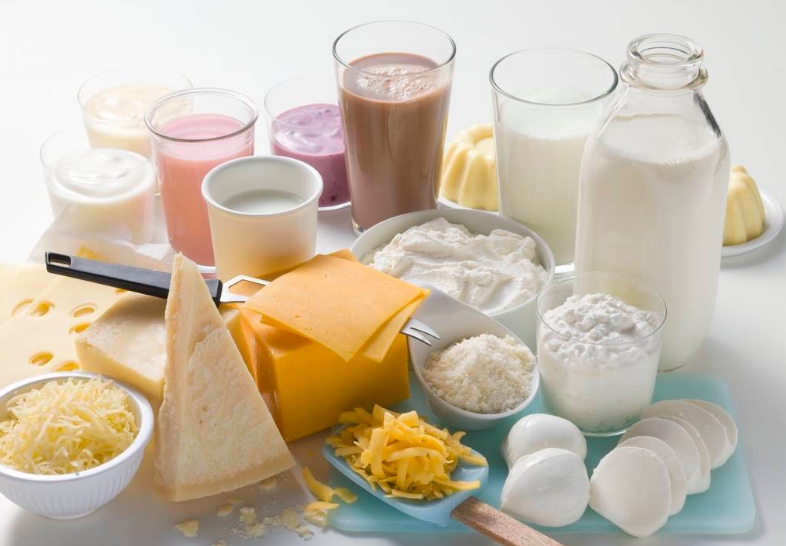
 CONTACT
CONTACT
- Linkman:Linda Yao
- Tel: +8618231198596
- Email:linda.yao@dcpharma.cn
- Linkman:CHARLES.WANG
- Department:Overseas
- Tel: 0086 0311-85537378 0086 0311-85539701
Nisin mode of action
TIME:2024-01-16
Nisin is a naturally occurring antimicrobial peptide that is produced by certain strains of the bacterium Lactococcus lactis.It is widely used as a food preservative, especially in dairy products.Nisin's mode of action involves its interaction with bacterial cell membranes and interference with cell wall synthesis.
Nisin binds to a precursor molecule called Lipid II, which is a key component in bacterial cell wall synthesis.Lipid II is involved in the formation of peptidoglycan, a major component of the bacterial cell wall.
Once bound to Lipid II, nisin forms pores in the bacterial cell membrane.These pores disrupt the integrity of the membrane, leading to the leakage of ions, protons, and other cellular components.
The formation of pores by nisin results in the dissipation of the bacterial cell membrane potential.This disruption affects the normal functioning of the membrane and compromises the ability of the bacterium to maintain its internal environment.
The cumulative effects of nisin on the cell membrane, including pore formation and loss of membrane potential, ultimately lead to cell lysis.This is the breakdown of the bacterial cell membrane, causing the release of cellular contents and leading to the death of the bacterium.
Nisin exhibits selective activity against Gram-positive bacteria, including many foodborne pathogens such as Listeria monocytogenes and Staphylococcus aureus, while having little to no effect on Gram-negative bacteria due to differences in their cell wall structure.
The antimicrobial action of nisin makes it an effective natural preservative in food products, helping to extend their shelf life by preventing the growth of spoilage and pathogenic bacteria.Its use has been approved in many countries for various food applications, and ongoing research explores its potential in other fields, such as medicine and biotechnology.
- Tel:+8618231198596
- Whatsapp:18231198596
- Chat With Skype







